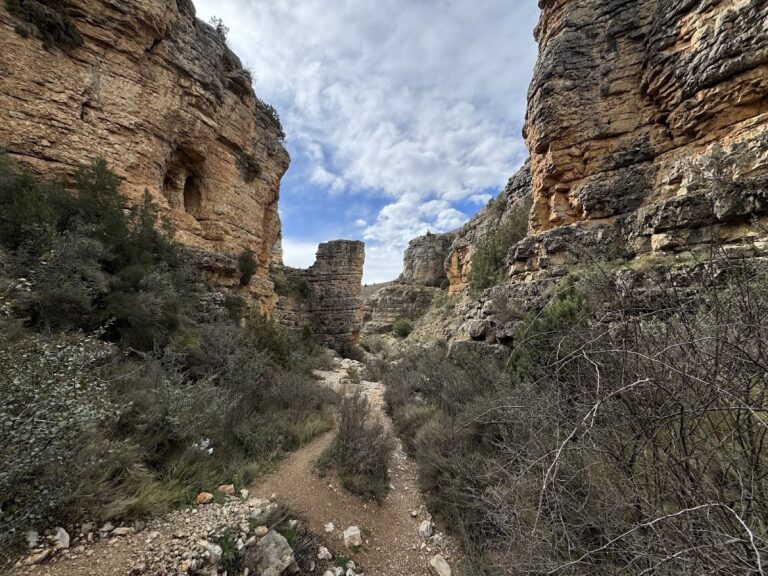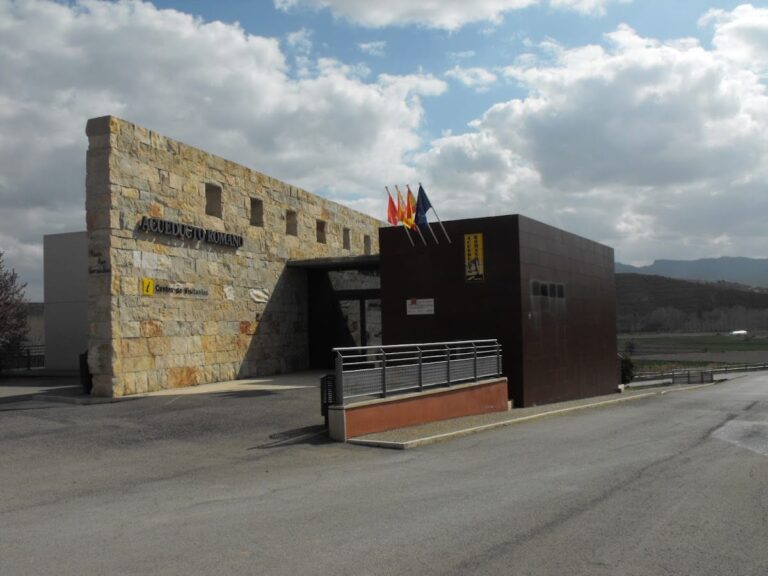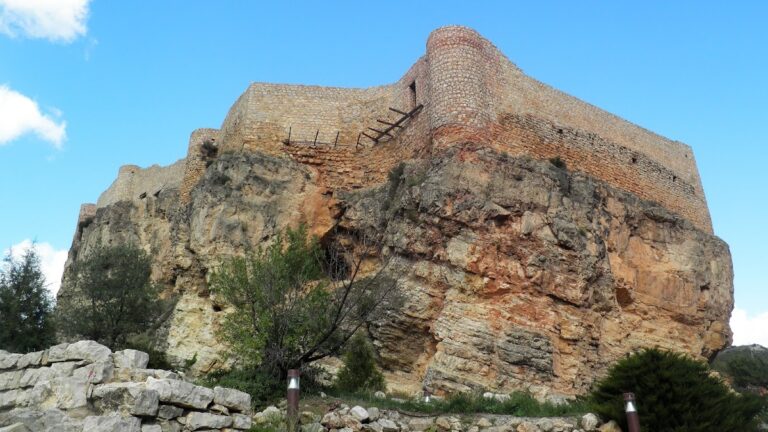Castillo de Singra: A Medieval Border Castle in Spain
Visitor Information
Google Rating: 4.5
Popularity: Very Low
Google Maps: View on Google Maps
Official Website: www.castillosdeespaña.es
Country: Spain
Civilization: Unclassified
Remains: Military
History
The Castillo de Singra is situated near the village of Singra in Spain and was constructed by Christian forces following the reconquest of this territory. Archaeological findings of Iberian ceramics in the vicinity indicate that the area was inhabited well before the castle’s erection.
The initial phase of the castle’s existence began after Alfonso I of Aragón reclaimed this region from Muslim control. After his conquest, Alfonso I granted the village first to the monastery of San Juan de la Peña, and later in 1128, transferred the settlement to the monastery of Montearagón with the express purpose of fortifying the locale. The castle’s original construction served as a defensive stronghold in a contested borderland.
However, following Alfonso I’s death, the castle was likely abandoned amid succession disputes when Muslim forces temporarily regained control of the southern Jiloca area. This period of uncertainty led to a lapse in the castle’s strategic use.
By the 14th century, the Castillo de Singra regained importance during ongoing border conflicts between the kingdoms of Aragón and Castilla. In 1338, King Pedro IV of Aragón authorized repairs to the castle, with funds sourced from mills in the region. By 1344, control over the castle had passed to the collective community of villages of Daroca, indicating a shift from direct royal possession to local administration.
During the War of the Two Peters (1356–1366), which pitted Aragón against Castilla, the castle formed part of a defensive second line in the Jiloca valley. It was strategically visible from neighboring castles and watchtowers, helping to form a network of defensive outposts. In 1358, King Pedro I of Castilla launched attacks on the surrounding areas, anticipating sieges either on Singra or adjacent fortresses.
Ownership changed in 1500 when the castle was acquired by the local mayor, reflecting its transition into a civil asset. Much later, in the 19th century, the castle drew royal attention when King Fernando VII of Spain visited the site on April 13, 1814. Nevertheless, the remaining structures suffered severe destruction during the Carlist Wars later that century, profoundly altering the castle’s condition.
Remains
The Castillo de Singra originally consisted of a rectangular enclosing wall surrounding a similarly rectangular main building topped by a tower. This tower bore resemblance to the existing bell tower of the local parish church, which today stands as the sole surviving remnant of the fortress. Within this enclosed space, there was also a cistern known as an aljibe—an underground reservoir used to store water—and an underground gallery that connected the castle to the village below. This tunnel likely served as a discreet passageway for communication or escape.
The surviving tower, having been repurposed into a church bell tower, retains defensive architectural features such as arrow slits (saeteras), narrow vertical openings designed for archers to shoot through while remaining protected. These defensive elements speak to the tower’s military origins, even as its function has shifted over time.
The castle ruins occupy a hillside to the west of Singra, standing at an elevation of 1,057 meters above sea level. This location offered a vantage point over the surrounding landscape, essential for surveillance in a border region marked by conflict. Near the ruins, a geodetic vertex has been established, marking a point used for precise geographical measurements.
Though largely in ruins, the site still conveys the strategic and architectural character of a medieval border castle, with the transformation of the surviving tower into a parish church bell tower illustrating the layers of history preserved in this place.







